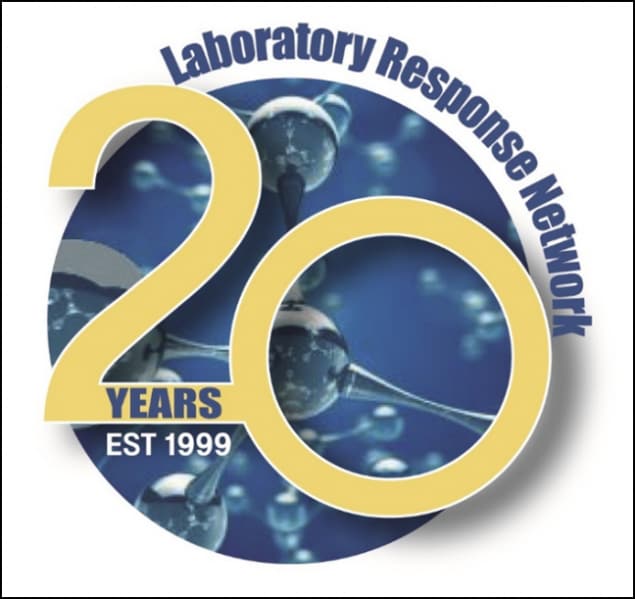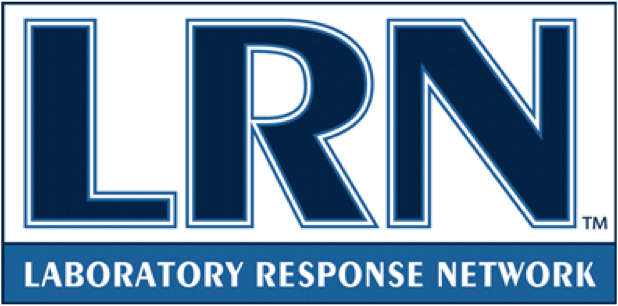Laboratory Response Network for Chemical Threats (LRN-C)
The Laboratory Response Network for Chemical Threats (LRN-C) is a national network of local and state public health laboratories that respond to chemical terrorism and other public health emergencies in the United States. CDC partners with the LRN-C to maintain specialized capabilities for analyzing human exposures to chemical threat agents, e.g., toxic metals and industrial chemicals. Established in 1999, the LRN-C has been ensuring laboratory preparedness and response capability for 20 years.
20 Years of Chemical Threat Preparedness

1999
- 5 state public health labs
- CDC testing sites for laboratory counterterrorism measures
2019
- 54 Labs in 50 states, 3 cities and 1 territory
- CDC testing sites for laboratory counterterrorism measures
- Local testing capacity for a wide range of public health chemical emergencies
Related Resources
- LRN-C 20th Anniversary Fact Sheet pdf icon[PDF – 315 KB]
- LRN-C Fact Sheet pdf icon[PDF – 989 KB]
- CDC Laboratory Response Network (LRN)
- National Preparedness System (FEMA)external icon
- Public Health Emergency Preparedness (PHEP)
- National Incident Management System (FEMA)external icon
- US Department of Homeland Securityexternal icon

Page last reviewed: July 25, 2019
Content source: Centers for Disease Control and Prevention